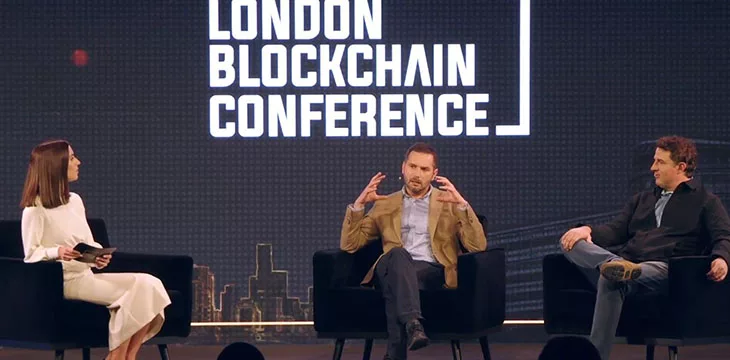BLOCKCHAIN IS THE NEW FUTURE
In a few words, a blockchain is a digital, ever-growing list of data records. A list like this consists of many blocks of data that are sequenced by time and linked together and held by cryptographic evidence.
Credit: Pinterest
HISTORY OF BLOCKCHAIN
In the early 1990s, physicist W. Scott Stornetta and computer scientist Stuart Haber used cryptographic methods to create the first version of a blockchain to protect digital documents from data theft. The work of Haber and Stornetta influenced the work of Dave Bayer, Hal Finney and many other computer scientists and cryptographers. This led to the creation of Bitcoin, the first decentralized electronic payment system (also called the first cryptocurrency). In 2008, the Bitcoin Whitepaper was published under the alias Satoshi Nakamoto.
Although it was invented before Bitcoin, blockchain technology is a central part of most cryptocurrency networks. It is a digital ledger that is decentralized, distributed and open. Its job is to keep a permanent record (a chain of blocks) of all confirmed transactions.
A peer-to-peer network of widely dispersed computers (called nodes) facilitates blockchain transactions. Each node contributes to the network’s operation and security by keeping a copy of the blockchain available. This is what makes Bitcoin a decentralized digital currency that is not controlled by a central authority and is not subject to censorship or intermediaries.
As a distributed ledger technology (DLT), the blockchain is designed to be very difficult to cheat (like double spend) and change. This is true because each Bitcoin is a unique form of digital currency that cannot be traced. This is because the Bitcoin blockchain, which is a database of records, cannot be changed or tampered with without a huge amount of electricity and computing power. As a result, the network can enforce the concept of “original” digital documents.
Credit: evolving-science.com
Due to the so-called Proof of Work consensus algorithm, Bitcoin could be designed as a Byzantine Fault Tolerance (BFT) system, which means that the blockchain can continue to function continuously as a distributed network even if some of the nodes are compromised. the participant’s (node’s) behavior is dishonest or their functionality is inefficient. The Proof of Work consensus algorithm is a central part of the Bitcoin mining process.
Other industries such as healthcare, insurance, supply chains, IoT and others may also adopt and use blockchain technology. Although it was designed to act as a distributed ledger (on decentralized systems), it can also be used on centralized systems to ensure data is correct or save money.
The Importance of Blockchain
Blockchain is a very revolutionary and promising technology because it can make things more transparent, stop fraud and reduce security risks.
Blockchain technology became famous because of cryptocurrencies and non-fiat currencies (NFTs), but it has since grown into a management tool for a wide range of industries around the world. Blockchain technology is currently being used to improve gaming, keep health data safe, make the food supply chain more transparent, and fundamentally change the way we manage data and ownership.
Blockchain, also called distributed ledger technology (DLT), makes the history of any digital asset clear and unalterable. It does this by using a decentralized network and cryptographic hashing.
It is easy to understand how blockchain technology works by comparing it to a Google Docs document. A Google Doc is not copied or transferred when shared with a group of people; rather, it is simply distributed. So a decentralized distribution network is set up, allowing everyone to access the base document at the same time.
All changes to the document are registered in real time, making changes completely transparent, and no one is locked out while waiting for changes from another party. The fact that original content and data on the blockchain cannot be changed after it is written is an important gap to be aware of. This makes the blockchain more secure. This is not the case with Google Docs.
What is decentralization in blockchain technology?
One of the most important concepts in blockchain technology is decentralization. No computer or organization can own the chain. Instead, it is a distributed ledger, accessible via nodes connected to the chain. Nodes in a blockchain can be any type of computer that keeps copies of the chain and keeps the network running.
Each node has its own copy of the block chain, and in order for the chain to be updated, cleared and verified, each newly mined block must be approved by the network’s algorithms. Due to the fact that blockchains are public, every transaction in the ledger can be easily checked and viewed. This makes blockchains secure by design. Each participant is given a unique alphanumeric number that shows their transactions.
When public information is combined with a system of checks and balances, the blockchain remains honest and builds trust among users. Blockchains are essentially the technological scalability of trust.
FOLLOW: Why blockchain is the future of the internet
READ MORE:


